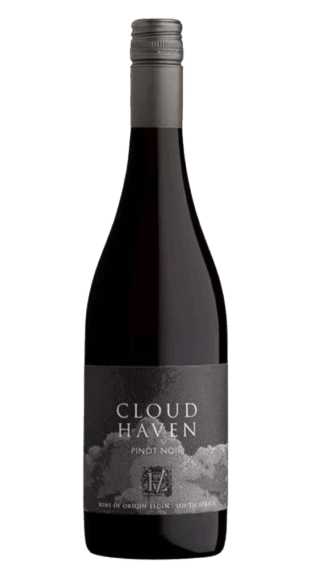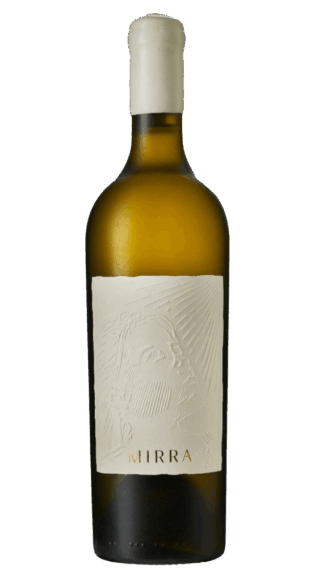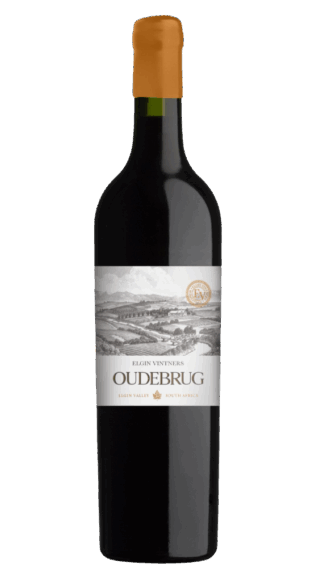When Should You Decant Wine?
W h e n S h o u l d Y o u D e c a n t W i n e ?
Often an object of intimidation, a decanter is an important and rewarding tool. When done correctly, decanting a wine can elevate even the most average wine experience.
However, it is not always easy to know whether or not to decant. You need consider the changes being triggered by the process, along with keeping a few guidelines in mind.
There are two main reasons for decanting wine. The first is physical: to separate clarified wine from solids that have formed during aging. The second is the effect of oxygen, which releases certain compounds bound within the bottle. Both influence our perception of flavour, texture and aroma.
Decanting for sediment
Decanting goes back to alchemy, where it was used to describe the process of removing the liquid part of a mixture from the solids.
However, wine today is more reliable than ever. We have the ability to filter with precision and prevent certain solids from forming at all, but getting rid of sediment will always be a concern.
Sediment can be exceptionally fine and has a tendency to deaden flavour and expression. Sometimes a winemaker will choose to bottle something with residual sediment, but most traditionalists balk at any kind of haze or cloudiness. In the holistic act of appreciating wine, visual irregularities are bound to make a mark on how we first perceive a wine.
But before you can even make the call to decant, you need to prepare the wine itself.
If you’re pulling a wine from horizontal cellar storage, you ideally want to give the bottle a couple days to sit vertically so the sediment has time to shift to the bottom without being incorporated into the wine. Even just a couple of hours is better than nothing.
The important thing with a red wine is to make sure that the sediment stays at the bottom of the bottle, so you can stop decanting when you get sediment coming into the neck.
This also makes it unwise to serve an aged wine that was recently transported. Motion disrupts the solids in a way that can’t be corrected without an adequate resting period.
Hold a light under the neck of the bottle where it meets the shoulder so you can pay attention to the clarity of the wine. Stop pouring the moment you notice sediment clouding up the wine. The amount of wine you leave in the bottle will vary depending on the amount of sediment. Preparing your bottle ahead of time will allow for the least amount of waste.
Decanting for oxygen
When you pour wine from bottle to decanter, air makes its way into the wine. But if your goal is to encourage the wine to “open up,” allowing it to rest after pouring can cause certain additional changes to take place.
There are a few processes happening simultaneously when wine is in the presence of air for over an hour.
If you notice an aroma of rotten eggs or struck match upon opening, it’s generally a sign of hydrogen sulphide. Thirty minutes to an hour in a decanter can help release those compounds, allowing you to reassess the wine for its other qualities.
First is the escape of volatile compounds. The two main culprits in wine are carbon dioxide and hydrogen sulphide. Obviously recognisable in sparkling wine, carbon dioxide is also present in still whites, where unnoticed doses of the prickly, acidic gas provide extra lift to the flavour of certain white wines while bringing preservative qualities.
This is one reason we often don’t decant white wine. But in most still reds the presence of CO2 can make the wine more tannic and is usually considered a fault.
H2S, or hydrogen sulphide, is referred to as a “reduced aroma.” It pops up sometimes in red wines that have been produced under hermetic conditions and sealed with very tight closures. This is especially common with Syrah.
Further agitation, like swirling, or pouring the wine back and forth, can help if you are in a rush, though this is only recommended for sturdy wines.
Exposure to oxygen leads to reactions in the wine, both good and bad, many of which will take several hours (or days) to fully develop. It’s why a wine will initially open up pleasantly before an eventual deadening of flavour after being exposed for too long.
Among the first things that react with oxygen are sulphur-based compounds. However, sometimes those are aromas we don’t want to lose. For example, sulphuric compounds give Sauvignon Blanc its citrusy, tropical aromas, and are easily lost to oxidative reactions. Thankfully, this isn’t as much of a concern with red wines, as many of their compounds are not as sensitive to air.
Should all old wines be decanted? Do older wines need more time to decant?
Contrary to popular belief, decanting older wines is far from an ironclad rule.
If the initial taste of a wine is promising, decanting may not be necessary. Carefully pour the wine directly from the bottle into the glass. If you do choose to decant, use a carafe with a narrow base that offers less opportunity for air to integrate and alter the wine further.
One common belief is that the older a wine is, the longer it can take to open up.
Conclusion
Decanting isn’t just the act of pouring a wine into a fancy vessel. It’s a powerful tool to keep in your arsenal, one that can vastly expand what you get out of this living beverage. Although there are effects and reactions we can identify, there’s not always one answer to whether a particular bottle should be decanted.
All you can do is taste and ask yourself if there’s something else to be gained from the process.
Reference:
This article first appeared in Wine Enthusiast in 2018.

Katerina Monroe
@katerinam • More Posts by Katerina
Congratulations on the award, it's well deserved! You guys definitely know what you're doing. Looking forward to my next visit to the winery!
















